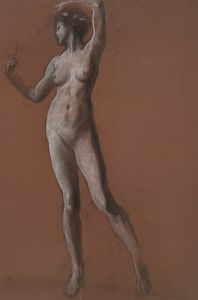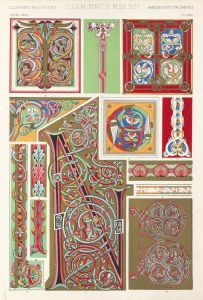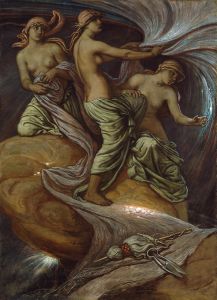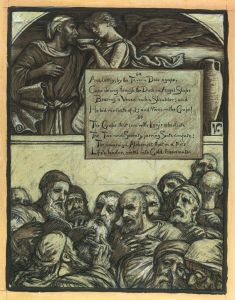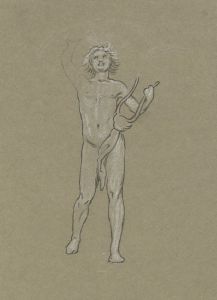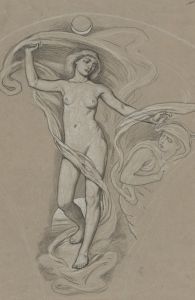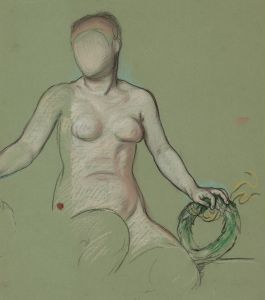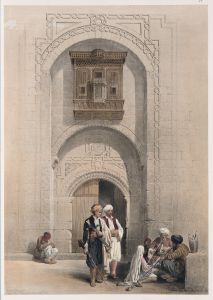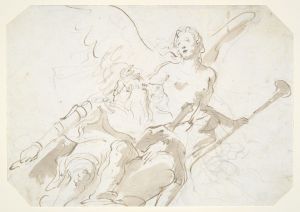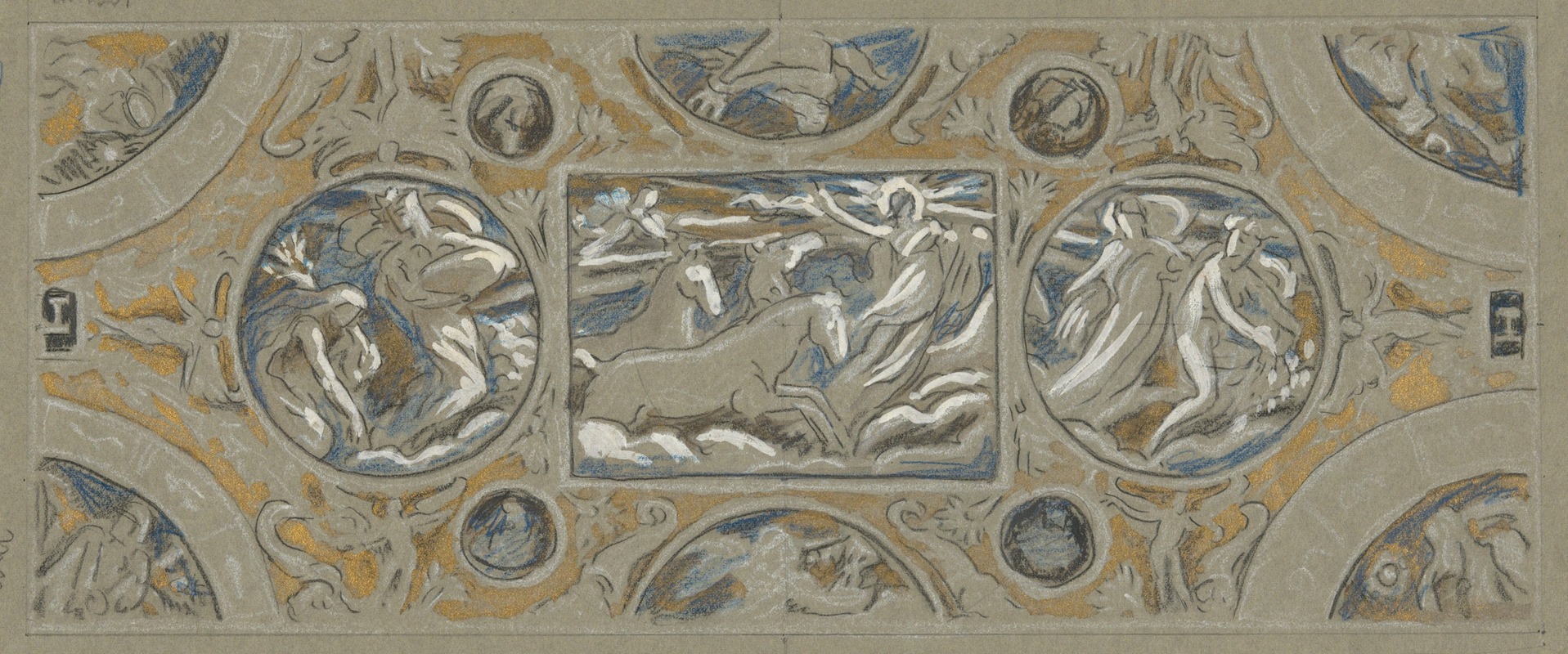
Preliminary Study for Huntington House Ceiling
A hand-painted replica of Elihu Vedder’s masterpiece Preliminary Study for Huntington House Ceiling, meticulously crafted by professional artists to capture the true essence of the original. Each piece is created with museum-quality canvas and rare mineral pigments, carefully painted by experienced artists with delicate brushstrokes and rich, layered colors to perfectly recreate the texture of the original artwork. Unlike machine-printed reproductions, this hand-painted version brings the painting to life, infused with the artist’s emotions and skill in every stroke. Whether for personal collection or home decoration, it instantly elevates the artistic atmosphere of any space.
Elihu Vedder, an American symbolist painter, is renowned for his distinctive style and contribution to the art world during the late 19th and early 20th centuries. One of his notable works is the "Preliminary Study for Huntington House Ceiling," which reflects his unique approach to art and his ability to blend symbolism with classical themes.
Elihu Vedder was born on February 26, 1836, in New York City. He spent a significant portion of his career in Italy, where he was influenced by the Renaissance and classical art, which is evident in many of his works. Vedder's art often delves into themes of mysticism, mythology, and the human condition, characterized by a dreamlike quality that invites viewers to explore deeper meanings.
The "Preliminary Study for Huntington House Ceiling" is a preparatory work created by Vedder as part of his commission to design the ceiling for the Huntington House, the residence of Collis P. Huntington, a prominent American industrialist and one of the "Big Four" of Western railroading. This commission was part of a larger trend during the Gilded Age, where wealthy patrons sought to decorate their homes with art that reflected their status and sophistication.
Vedder's study for the ceiling showcases his skill in composition and his ability to integrate allegorical elements into architectural spaces. Although specific details about the imagery in this preliminary study are limited, Vedder's work typically includes figures that embody abstract concepts, such as time, fate, and the cosmos. His use of symbolism is often subtle yet profound, encouraging viewers to engage with the artwork on an intellectual level.
The ceiling design for the Huntington House would have required Vedder to consider the architectural context and the overall aesthetic of the space. His preliminary study likely served as a conceptual blueprint, allowing him to experiment with different arrangements and themes before executing the final design. This process was common among artists of the time, who often created multiple sketches and studies to refine their ideas.
Vedder's contribution to the Huntington House ceiling is a testament to his versatility as an artist and his ability to adapt his symbolic style to various formats. While the preliminary study itself may not be as widely recognized as some of his other works, it represents an important aspect of his career and his engagement with the decorative arts.
Elihu Vedder continued to produce art throughout his life, leaving behind a legacy that includes paintings, illustrations, and decorative works. He passed away on January 29, 1923, in Rome, Italy, but his influence can still be seen in the continued appreciation of symbolist art and the exploration of allegorical themes in contemporary works.
In summary, the "Preliminary Study for Huntington House Ceiling" by Elihu Vedder is a significant piece that highlights the artist's symbolic style and his contributions to the decorative arts during the Gilded Age. While specific details about the study are limited, it remains an important part of Vedder's artistic legacy and his ability to blend symbolism with architectural design.





